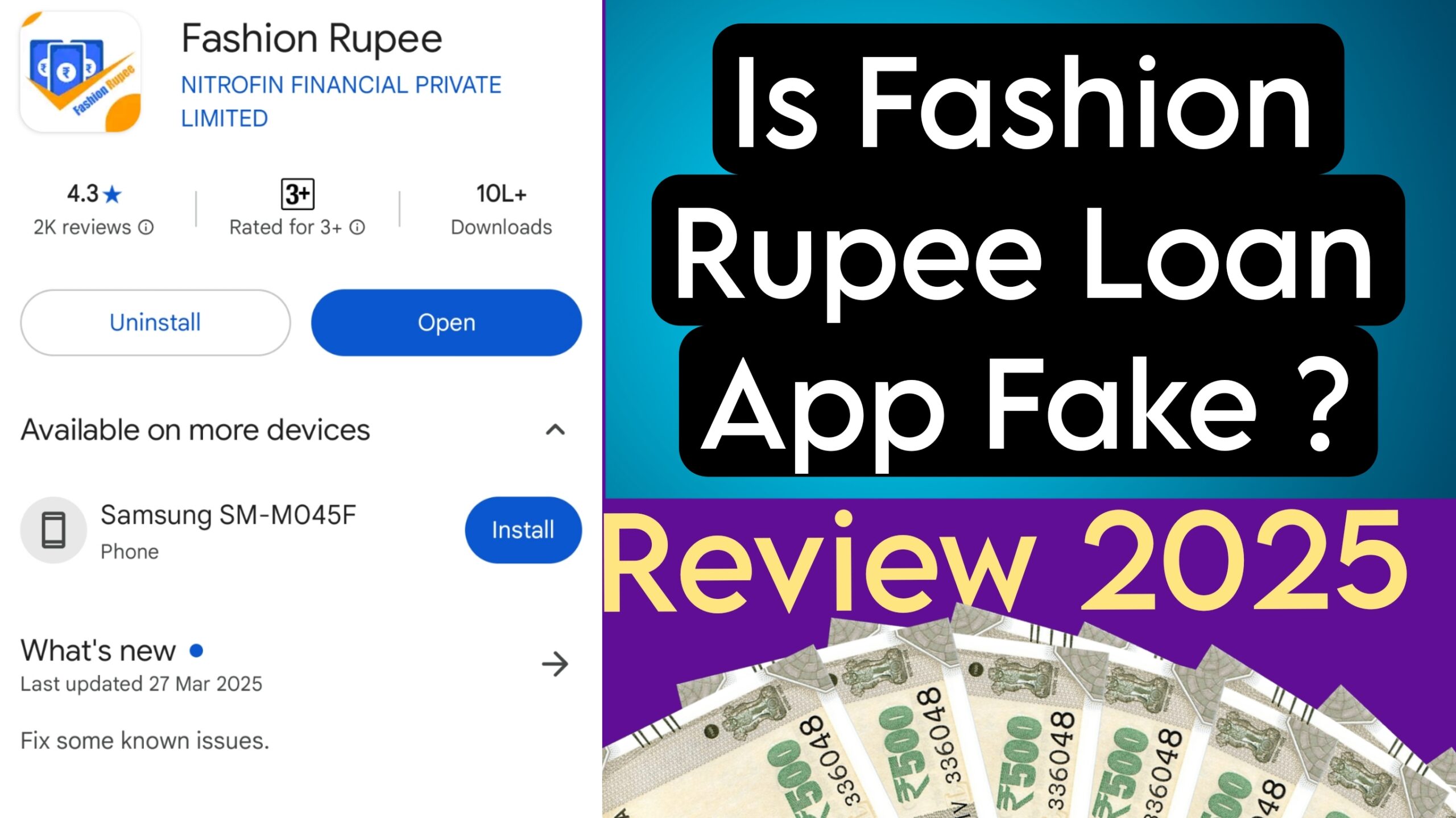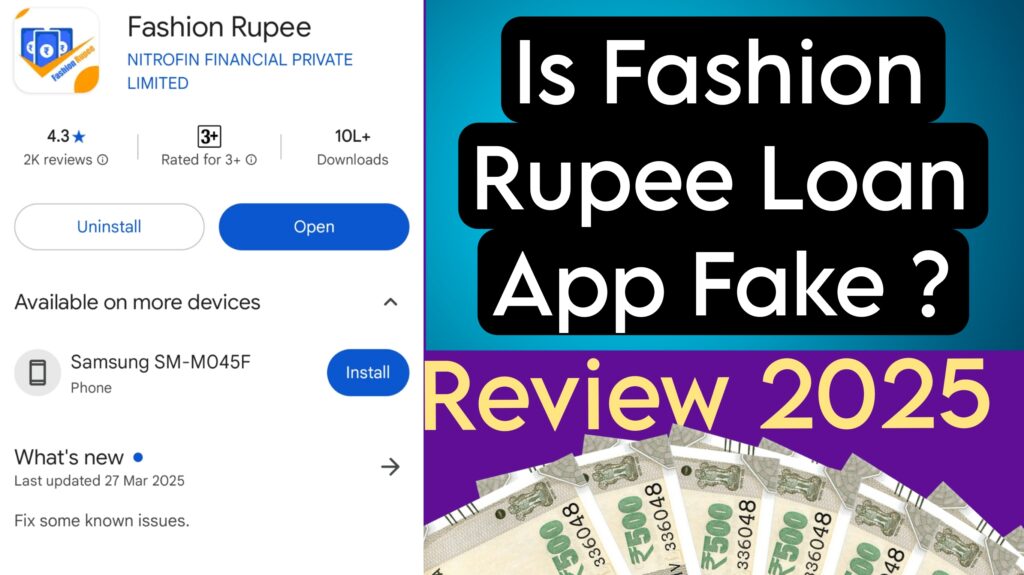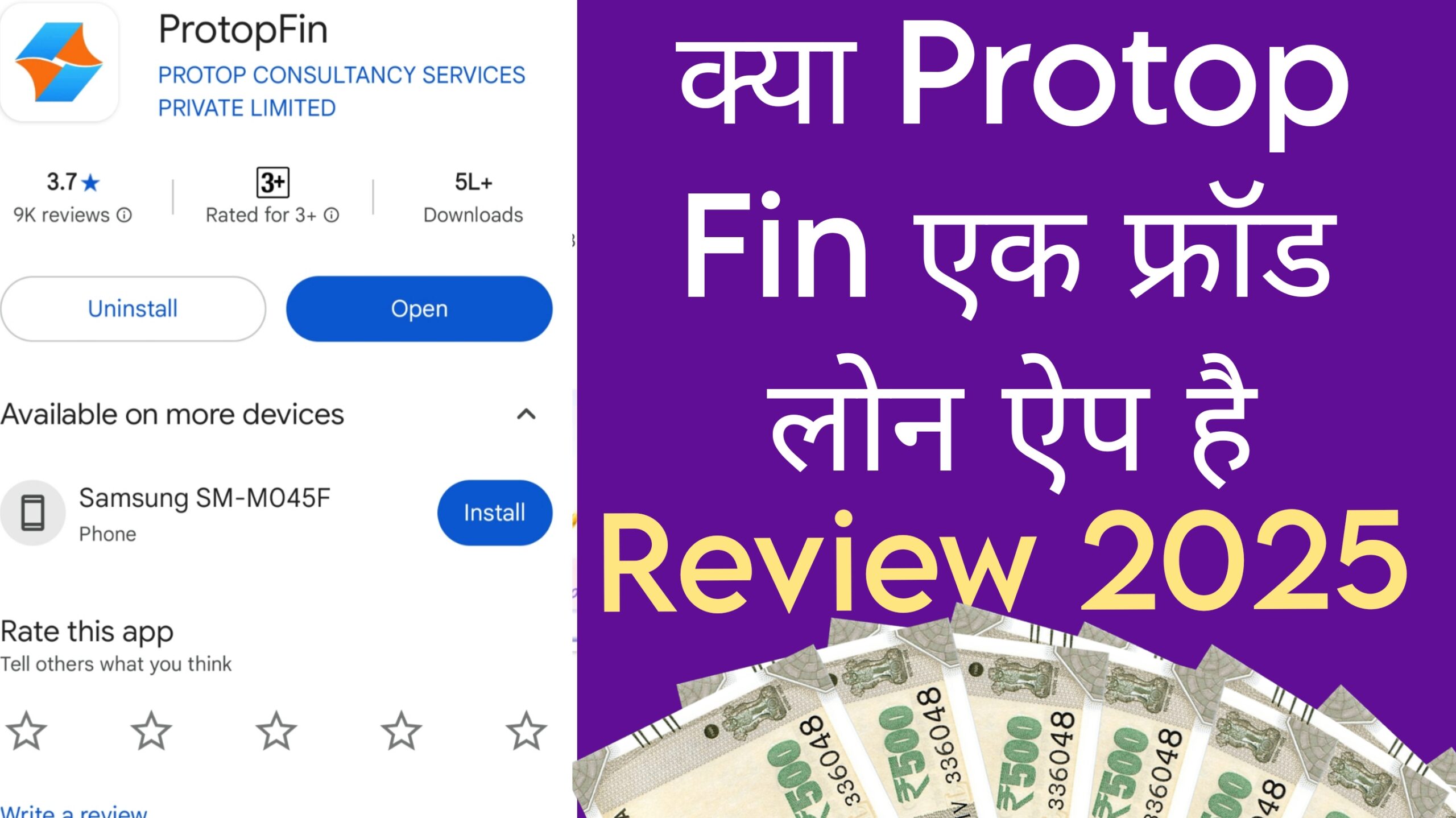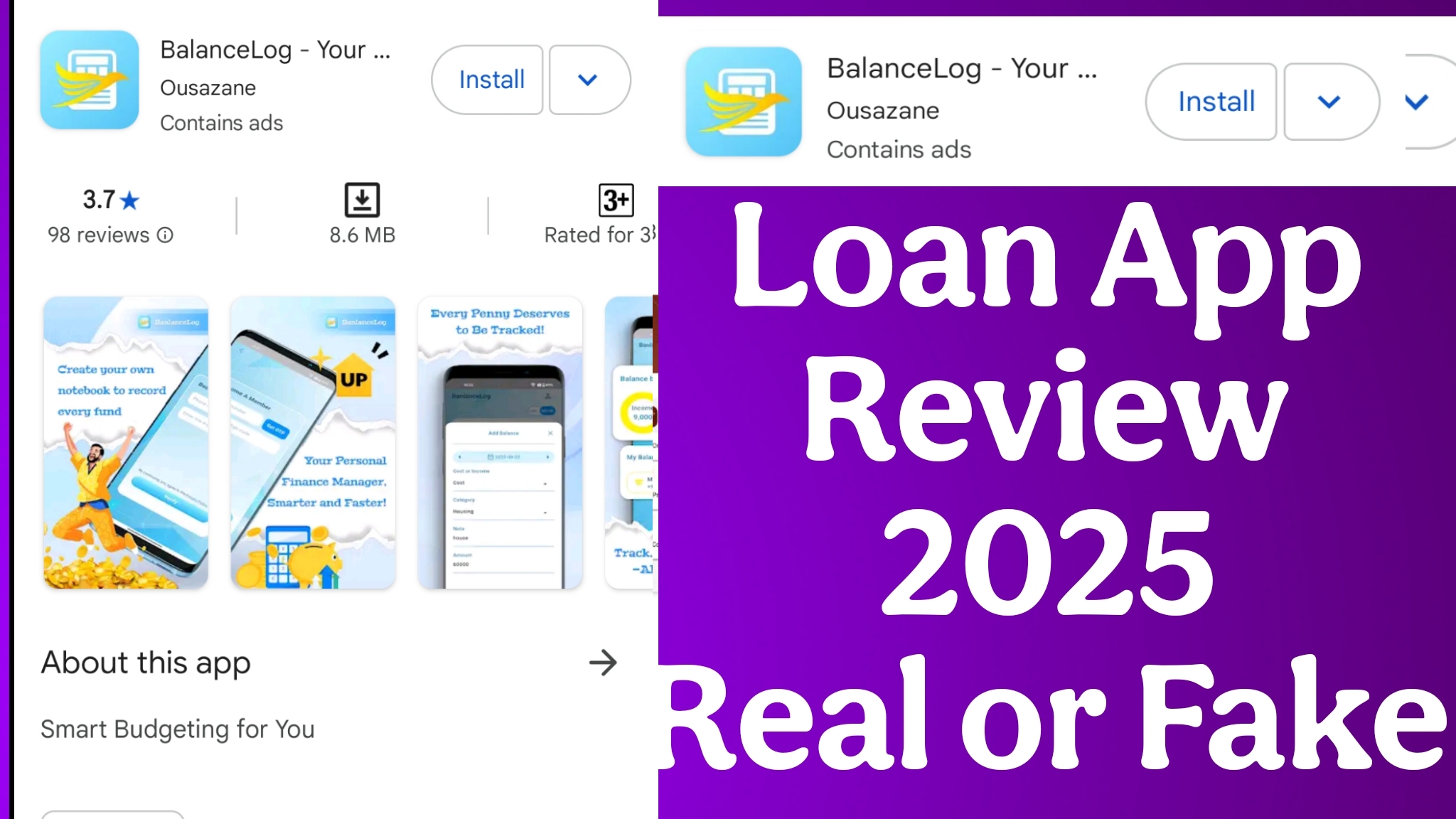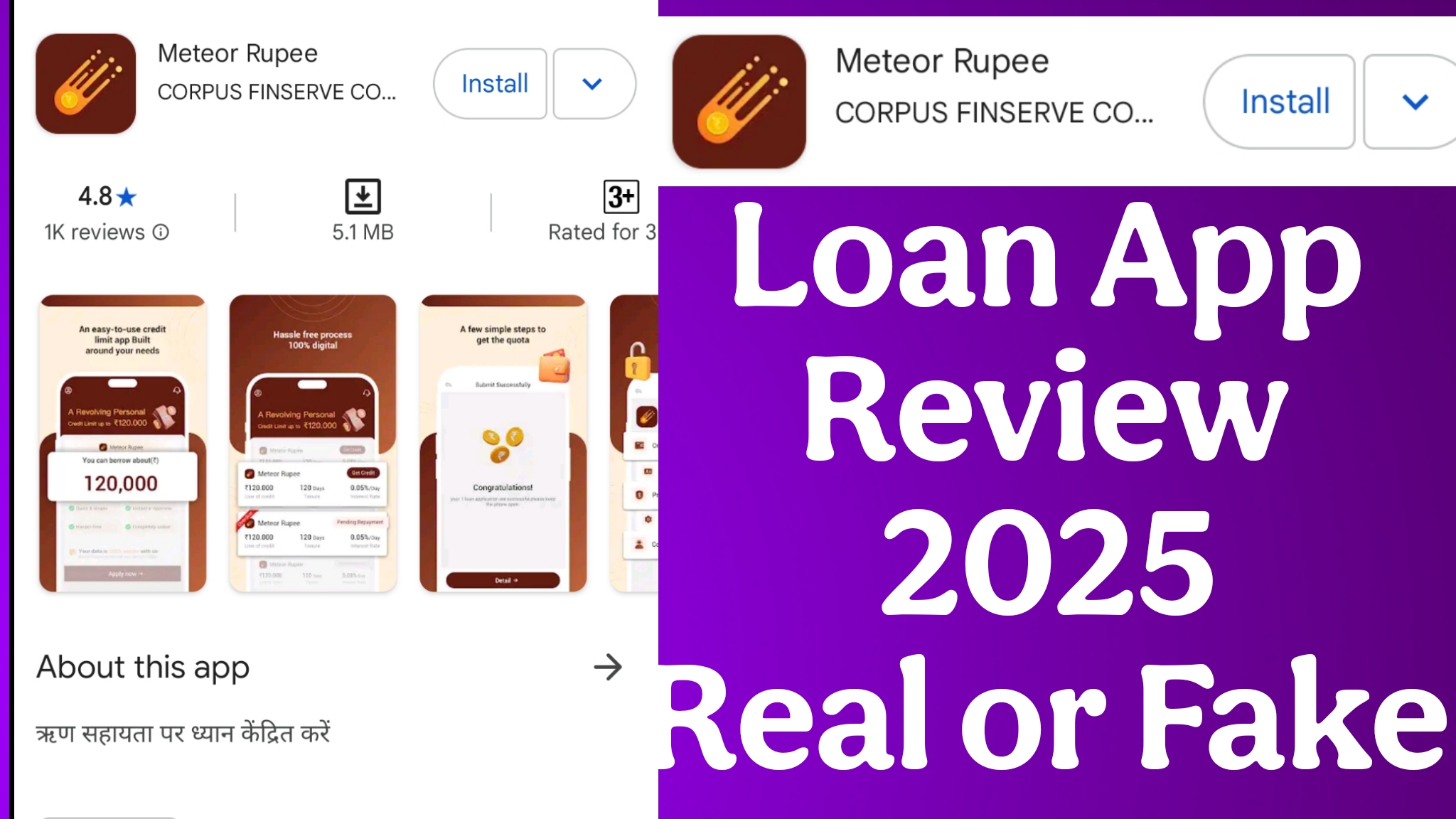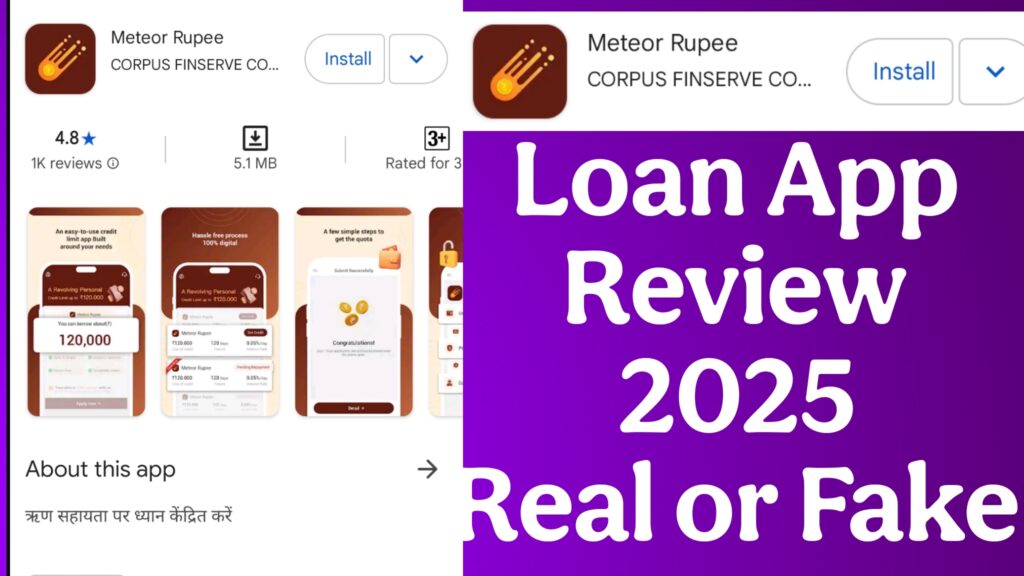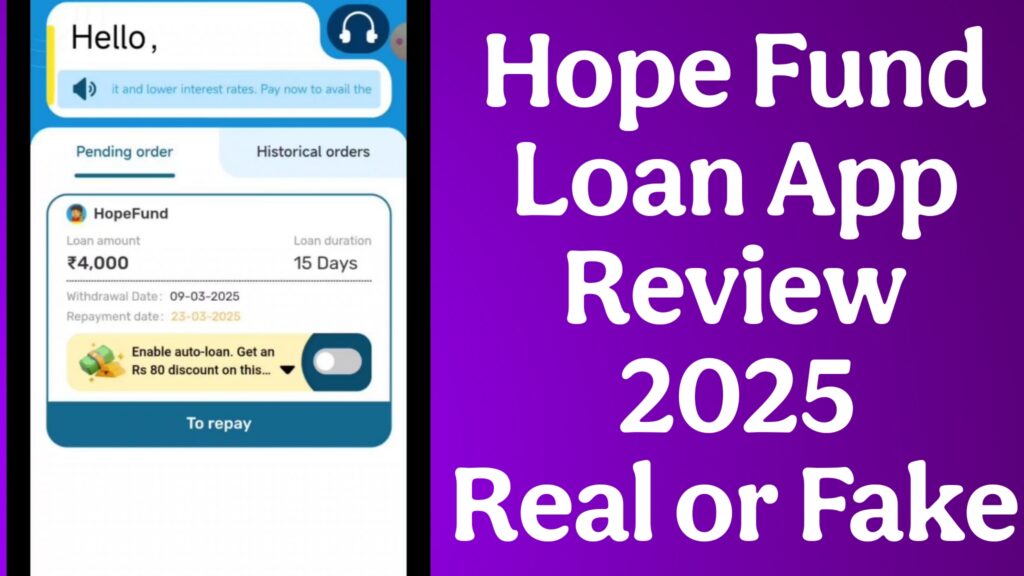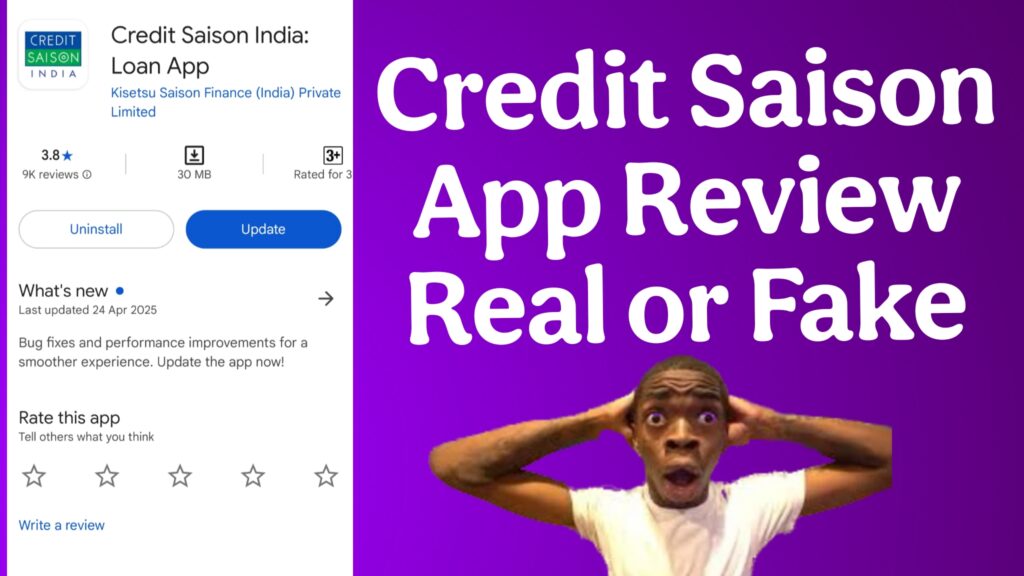SwipeLoan – Instant Loan App Exposed: Is It a Scam?
The promise of quick and easy loans through mobile apps has made instant loan platforms like SwipeLoan – Instant Loan increasingly popular. However, numerous user reviews and red flags suggest that SwipeLoan may not be as legitimate as it claims. In this SEO-friendly review, we dive into the app’s Google Play Store description, analyze customer feedback, and expose potential scams to help you make an informed decision.
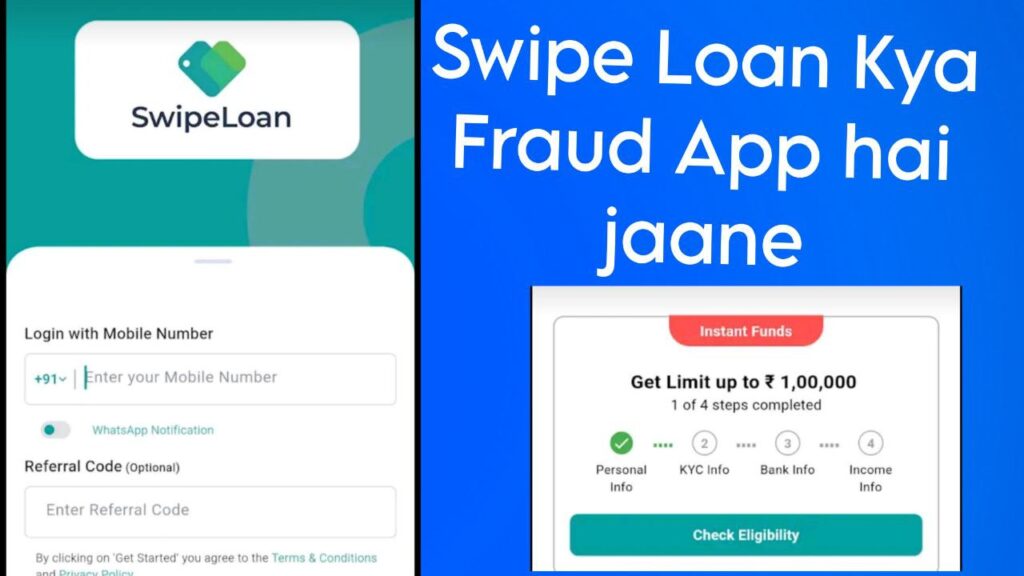
What Is SwipeLoan – Instant Loan App?
According to its Google Play Store description, SwipeLoan is an online loan facilitation platform that connects users with RBI-registered Non-Banking Financial Companies (NBFCs) like NSMK Investments Pvt Ltd. The app promotes itself as a paperless, secure, and fast way to access personal, business, and medical loans ranging from ₹5,000 to ₹50,000 with an Annual Percentage Rate (APR) of up to 35%. Key features include KYC verification, credit score checks, and DMAT account opening, with loan disbursal and repayment features “coming soon.”
While SwipeLoan emphasizes partnerships with trusted NBFCs and compliance with RBI guidelines, user reviews paint a troubling picture, raising concerns about hidden charges, data collection, and unfulfilled loan promises.
Red Flags: Why SwipeLoan May Be a Scam
Based on customer reviews and app analysis, here are the major issues with SwipeLoan that suggest it could be a fraudulent or misleading platform:
- Hidden Charges for Basic Features: Users like Priyanshu Patel and Thahira Vakkayil report being charged ₹50–₹60 for services like CIBIL score checks, only to find their profiles marked as “incomplete” unless additional payments are made. This tactic appears designed to extract money without delivering value.
- No Loan Disbursal: Multiple users, including Azad Akhtar and Shayjith, complain that despite completing KYC and paying fees, they received no loans. The app redirects users to third-party platforms like Cash Kuber, which require repetitive documentation, wasting time and effort.
- Poor Customer Support: Reviews from Dulal Sow and Vijay Tiwari highlight unresponsive customer service. Users report invalid contact numbers, ignored emails, and no resolution to their issues, a common trait of scam apps.
- Data Collection Concerns: Siddhesh Dalvi and others warn that SwipeLoan collects sensitive information like Aadhaar, PAN, bank details, and references without providing loans, raising fears of data misuse or identity theft.
- Technical Issues: Saraswathy Manikandan and Nazu Saif report app malfunctions, such as blacked-out screens and KYC verification errors, suggesting a poorly developed platform that may prioritize data collection over functionality.
- Misleading Promises: Disha Bali and Vivek Pathak note that the app is “not active” for loan processing despite collecting extensive personal details, contradicting its claims of instant loan access.
Warning: Potential Data Theft Risk
SwipeLoan’s requirement for sensitive documents like Aadhaar and PAN, combined with its failure to disburse loans, mirrors tactics used by fake loan apps to harvest personal data. Such information can be misused for identity theft, unauthorized transactions, or sold to third parties. Avoid sharing personal details until the app’s legitimacy is verified.
User Reviews: Real Experiences Expose the Truth
Customer feedback on the Google Play Store reveals a pattern of dissatisfaction and suspicion. Here are some direct quotes from users:
“Fraud app looting money in the name of giving instant loan… just a trick to collect data… False promotion, false rating, everything is just a SCAM.” – Priyanshu Patel, 23 March 2025
“This is fraud and data collection app. They ask for recharge plan and after fill up all details, never will get funds.” – Azad Akhtar, 22 April 2025
“Don’t download this app, they are not providing any loan directly, they charge you to check your CIBIL score and after getting all details, they offer loan through CASH KUBER… pathetic people just making money to cheat people.” – All about Agri, 30 March 2025
These reviews, supported by dozens of similar complaints, indicate that SwipeLoan’s operations may be deceptive, focusing on extracting fees and data rather than providing loans.
How SwipeLoan Compares to Legitimate Loan Apps
Legitimate loan apps, such as those approved by the RBI (e.g., Paytm, Bajaj Finserv, MoneyTap), follow strict guidelines, offer transparent terms, and provide direct loan disbursals without unnecessary fees. SwipeLoan, however, exhibits traits of fraudulent apps, such as:
- Charging upfront fees for basic services like credit score checks.
- Redirecting users to third-party lenders, complicating the loan process.
- Lacking clear loan agreements or disbursal timelines.
- Receiving overwhelmingly negative reviews, with suspicions of fake 5-star ratings.
The Reserve Bank of India advises borrowers to verify a lender’s RBI registration and avoid apps that demand upfront payments or excessive permissions. SwipeLoan’s practices raise serious doubts about its credibility.
How to Protect Yourself from Fake Loan Apps Like SwipeLoan
To avoid falling victim to apps like SwipeLoan, follow these safety tips:
- Check RBI Registration: Verify if the app or its NBFC partners are listed on the RBI’s official website.
- Read Reviews Carefully: Look for detailed user feedback on Google Play Store or Apple App Store. Beware of apps with suspiciously high ratings but negative comments.
- Avoid Upfront Fees: Legitimate lenders deduct processing fees from the loan amount, not before approval.
- Limit Permissions: Deny apps access to contacts, photos, or messages unless absolutely necessary.
- Use Trusted Platforms: Stick to well-known loan apps like Paytm, Hero FinCorp, or Bajaj Finserv.
- Report Suspicious Apps: Contact the RBI or consumer protection agencies if you encounter fraudulent apps.
Conclusion: Should You Trust SwipeLoan?
SwipeLoan – Instant Loan markets itself as a convenient platform for quick loans, but its practices tell a different story. From charging hidden fees to collecting sensitive data without delivering loans, the app exhibits multiple red flags associated with fraudulent loan apps. User reviews consistently highlight issues like poor customer support, technical glitches, and misleading promises, suggesting that SwipeLoan may be more interested in data collection than providing financial assistance.
For your financial safety, avoid SwipeLoan until it proves its legitimacy through transparent operations and positive user experiences. Instead, opt for RBI-approved loan apps with a proven track record. Stay vigilant, protect your personal information, and always research before downloading any loan app.
Check RBI-Approved Lenders NowIf you’ve used SwipeLoan or similar apps, share your experience in the comments below to help others stay informed!






